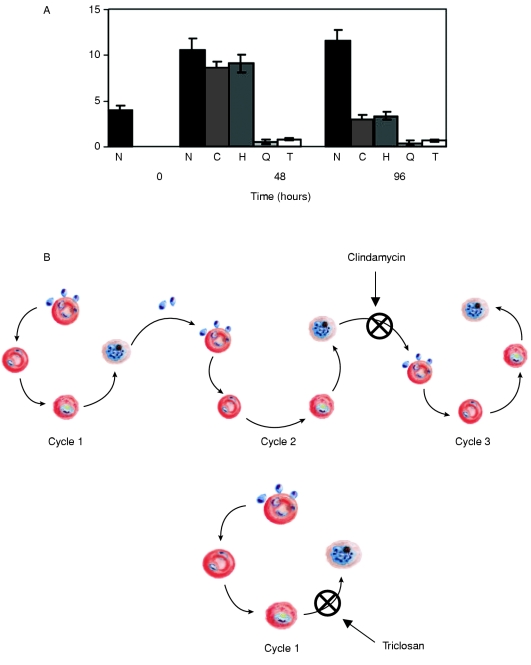Figure 7. Death kinetics invoked by apicoplast-targeting drugs: triclosan and clindamycin.
(A) Chloroquine (Q), triclosan (T) and CER (results not shown) ablate the parasites within the first cycle of asexual reproduction, unlike clindamycin (C) and chloramphenicol (H) which invoke parasite death only after 84 h (towards the end of the second cycle). Parasitaemia remained high in the untreated culture (N, no drug control). Parasite growth was monitored by making Giemsa-stained smears and counting number of infected cells per total number of cells, as well as by hypoxanthine incorporation (results not shown). Results are means±S.E.M. The statistical significance of changes in parasitaemia was confirmed using the two-tailed Student's t test (P<0.05). (B) Cartoon depicting the effect of the action of clindamycin and triclosan on the culture of P. falciparum. In the case of clindamycin, the effect is felt only in the second asexual cycle leading to the delayed-death phenotype, whereas triclosan effects immediate death by inhibiting the first asexual cycle itself.

